40 descriptive terms such as low sodium or low fat on food labels are defined by
Food labels - Better Health Channel Low fat - must contain less than 3% fat for solid foods (1.5% for liquid foods). Fat free - must be less than 0.15% fat. Percentage of fat - remember 80% fat free is the same as 20% fat, which is a large amount. Good source of - must contain no less than 25% of the recommended dietary intake (RDI) for that vitamin or mineral. Flashcards - MKTG 101 Chapter 10-11 - FreezingBlue An important outcome of this legislation has been guidelines from the Food and Drug Administration for using terms such as low fat, light, reduced cholesterol, low sodium, low calorie, low carb, and fresh. Getting the right information is very important to consumers, and one company wants to help consumers shop smart.
Understanding Food Terms - American Cancer Society Fat. Saturated fat. Cholesterol. Sodium. Sugars. Calories. Other terms that may be used: Without, no, zero and (for fat-free milk) skim. Note that this only refers to nutrients in food. The word "free" may be used differently for things people may be allergic to or intolerant of, such as lactose and gluten.

Descriptive terms such as low sodium or low fat on food labels are defined by
[Solved] Please use own words How can you use the food label to ... Furthermore, some labels include a nutrient claim, such as "low-fat" or "fat-free." Even if the fat is hidden as an ingredient, the Nutrition Facts label displays how much fat is in a product. The serving size and nutrients given on this label are constant, making it simple to compare similar products without performing any computations. 7 Presentation of Nutrition Information on Food Labels - NCBI Bookshelf A low-calorie food is defined by an absolute standard: the food must provide less than or equal to 40 calories per serving and less than or equal to 0.4 calorie per gram. The term low calorie or similar phrase must be displayed on the food's principal display panel. A reduced-calorie food must have at least one-third fewer calories, but ... eCFR :: 21 CFR Part 101 -- Food Labeling § 101.1 Principal display panel of package form food. The term principal display panel as it applies to food in package form and as used in this part, means the part of a label that is most likely to be displayed, presented, shown, or examined under customary conditions of display for retail sale. The principal display panel shall be large enough to accommodate all the mandatory label ...
Descriptive terms such as low sodium or low fat on food labels are defined by. Solved Question 30 Descriptive terms such as low sodium or - Chegg Question: Question 30 Descriptive terms such as low sodium or low fat on food labels are defined by the National Institutes of Health O the American Dietetic Association the marketing department of food manufacturers O the Food and Drug Administration This problem has been solved! Food Packaging Claims | Go Red for Women You can use this general guidance: "Free" means a food has the least possible amount of the specified nutrient. "Very Low" and "Low" means the food has a little more than foods labeled "Free." "Reduced" or "Less" mean the food has 25% less of a specific nutrient than the regular product. SOLVED:Qu Qun I the dtameter 01 the leld ol view (FOV) ol the scanning ... Then coming to the next to questionable same question that is In Discrete two terms such as low sodium, low fat on food labels are defined by So in the product levels we'll see though descriptive terms. That is for example, these are the descriptive terms descriptive terms. Those are laws. Odium laws. Odium, low fat, low fat like this. Food labels - NHS Amber means neither high nor low, so you can eat foods with all or mostly amber on the label most of the time. But any red on the label means the food is high in fat, saturated fat, salt or sugars, and these are the foods we should cut down on. Try to eat these foods less often and in small amounts. Ingredients list
SOLVED:Question 30 Descriptive terms such as low sodium or low fat on ... So we are asked descriptive terms such as low sodium or low fat on food labels are defined by So the Food and Drug Administration. That is your F. D. A. The food. Excellent. Okay. And broke administration. Yes. Sorry for that. And administration. Okay. Okay that is your F. D. A. Now this F. D. Learn How to Read Nutrition Labels Like a Pro - Step by Step Guide Although a label may say that the food is reduced-sodium or reduced-fat, that only means that the amount of fat or sodium is 25% less than the original product. Unfortunately, if the original product was high in sodium or fat, the reduced product will reduce but still relatively high in fat or sodium. Low-Fat Can Cover Up High Sugar DOC Understanding the Nutrition Facts Label - LSU AgCenter The government has set strict definitions for terms that can be used to describe a food's nutrient content. These are . free, low, reduced, high, less, more, light, good source of, lean and extra lean. On the package you will see words like low-fat, high fiber and no cholesterol. Ten health claims are allowed to be used on food labels. Descriptive terms for food labeling - ScienceDirect Vol. 22, No.1 Adjectival descriptors for foodlshelflabels (Table 1) for calories and sodium have been published as final regulation; those for cholesterol are in a proposed rule (regulation), and those for fat are contained in guidelines. (FDA is currently developing proposed regulations for fat claims.)
Food Packaging Claims | American Stroke Association You can use this general guidance: "Free" means a food has the least possible amount of the specified nutrient. "Very Low" and "Low" means the food has a little more than foods labeled "Free." "Reduced" or "Less" mean the food has 25% less of a specific nutrient than the regular product. Food Packaging Claims - American Heart Association You can use this general guidance: "Free" means a food has the least possible amount of the specified nutrient. "Very Low" and "Low" means the food has a little more than foods labeled "Free." "Reduced" or "Less" mean the food has 25% less of a specific nutrient than the regular product. Food Label Claims and Guidelines :: Provided by MyFoodDiary.com Original food may not be "Low Sodium". Light in Sodium: At least 50% less sodium than the original item. Very Low Sodium: 35mg of sodium or less per serving. No salt added, Unsalted: No additional salt was added to the product during processing. Must declare "This is Not A Sodium Free Food" on information panel if food is not "Sodium Free ... Food Packaging Claims | American Heart Association CPR & First Aid You can use this general guidance: "Free" means a food has the least possible amount of the specified nutrient. "Very Low" and "Low" means the food has a little more than foods labeled "Free." "Reduced" or "Less" mean the food has 25% less of a specific nutrient than the regular product.
Low Sodium Beef Broth, 32 oz at Whole Foods Market Low Sodium Beef Broth, 32 oz Ingredients Nutrition Facts Ingredients: Beef Broth (Water, Grass-fed Beef Bones, Onions*, Carrots*, Celery*, Parsley*, Apple Cider Vinegar*, Sea Salt, Black Pepper*, Bay Leaves*, Thyme*, Rosemary*), Tomato Paste*, Mushroom Extract* (Mushrooms*), Cabbage Powder, Sea Salt. Dairy-Free Low-Fat Low-Sodium Paleo-Friendly
Food Packaging Claims | American Heart Association You can use this general guidance: "Free" means a food has the least possible amount of the specified nutrient. "Very Low" and "Low" means the food has a little more than foods labeled "Free." "Reduced" or "Less" mean the food has 25% less of a specific nutrient than the regular product.
Low Sodium Chicken Cooking Broth, 32 oz at Whole Foods Market Low-Sodium Close panel Low-sodium, as defined by the FDA, refers to foods with 140mg or less of sodium per serving and per 50g if the serving size is less than 30g. View products Paleo-Friendly Close panel
Food Labels (Lesson 15) - LSU AgCenter " Added Sugars " is a new feature on the revised Nutrition Facts label. Added sugars include all types of sugars, including syrups and granulated sugar that have been added during processing. " Total Sugars " include sugars that naturally occur in the food item (like fruit and milk) and sugars that have been added during processing.
Food Labeling & Nutrition | FDA Food labeling is required for most prepared foods, such as breads, cereals, canned and frozen foods, snacks, desserts, drinks, etc. Nutrition labeling for raw produce (fruits and vegetables) and...
Module 9.docx - Module 9: Food Labels and Health Claims For a food to make a claim referencing the link between sodium and hypertension , the food must be low in sodium ( 140 mg or less per serving ) . Claim requirements include using the words " sodium " and " high blood pressure , " and if the claim defines high or normal blood pressure it must include a physician statement .
Label Claims for Conventional Foods and Dietary Supplements An accurate quantitative statement (e.g., 200 mg of sodium) that does not otherwise "characterize" the nutrient level may be used to describe the amount of a nutrient present. However, a statement...
Legal Guide to Health Claims on Food | Law@Dayton Legal Guide to Health Claims on Food. March 12, 2021. Healthy, all-natural, organic, low-fat. These terms appear on food labels everywhere, but only some of them have strict definitions and regulations. As nutrition guidelines change and more people are invested in how they nourish their bodies, digesting the information on food packaging ...
CHAPTER 2 Flashcards | Quizlet B. eating fatty cuts of meat, butter, and packaged meals C.increasing intake of fresh, frozen, or low-sodium canned fruits and vegetables D. limiting processed meats such as sausage and bacon in your diet to decrease sodium intake B. eating fatty cuts of meat, butter, and packaged meals
Ch. 2 Reading Notes (Nutrition) Flashcards | Quizlet a state in which you are not meeting your nutrient needs. a state of inadequate nutrition whereby a person's nutrient and / or calorie needs arent met through the diet malnourished the long-term outcome of consuming a diet that doesn't meet nutrient needs Overnutrition
eCFR :: 21 CFR Part 101 -- Food Labeling § 101.1 Principal display panel of package form food. The term principal display panel as it applies to food in package form and as used in this part, means the part of a label that is most likely to be displayed, presented, shown, or examined under customary conditions of display for retail sale. The principal display panel shall be large enough to accommodate all the mandatory label ...
7 Presentation of Nutrition Information on Food Labels - NCBI Bookshelf A low-calorie food is defined by an absolute standard: the food must provide less than or equal to 40 calories per serving and less than or equal to 0.4 calorie per gram. The term low calorie or similar phrase must be displayed on the food's principal display panel. A reduced-calorie food must have at least one-third fewer calories, but ...
[Solved] Please use own words How can you use the food label to ... Furthermore, some labels include a nutrient claim, such as "low-fat" or "fat-free." Even if the fat is hidden as an ingredient, the Nutrition Facts label displays how much fat is in a product. The serving size and nutrients given on this label are constant, making it simple to compare similar products without performing any computations.




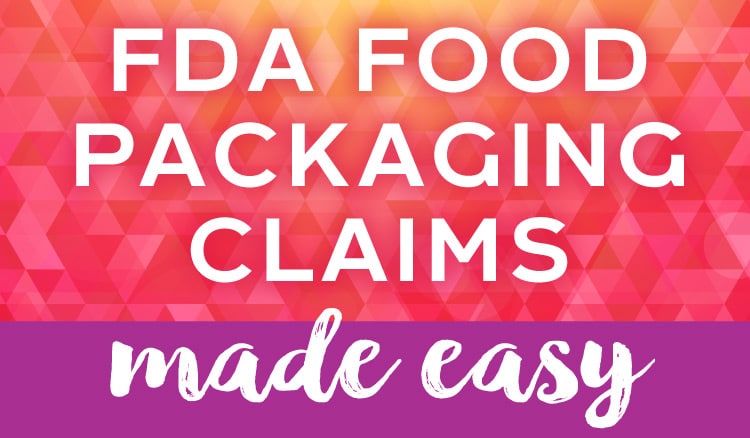



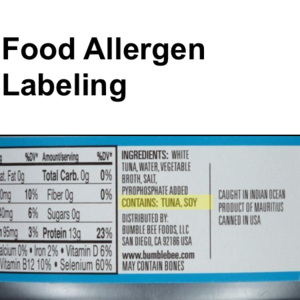






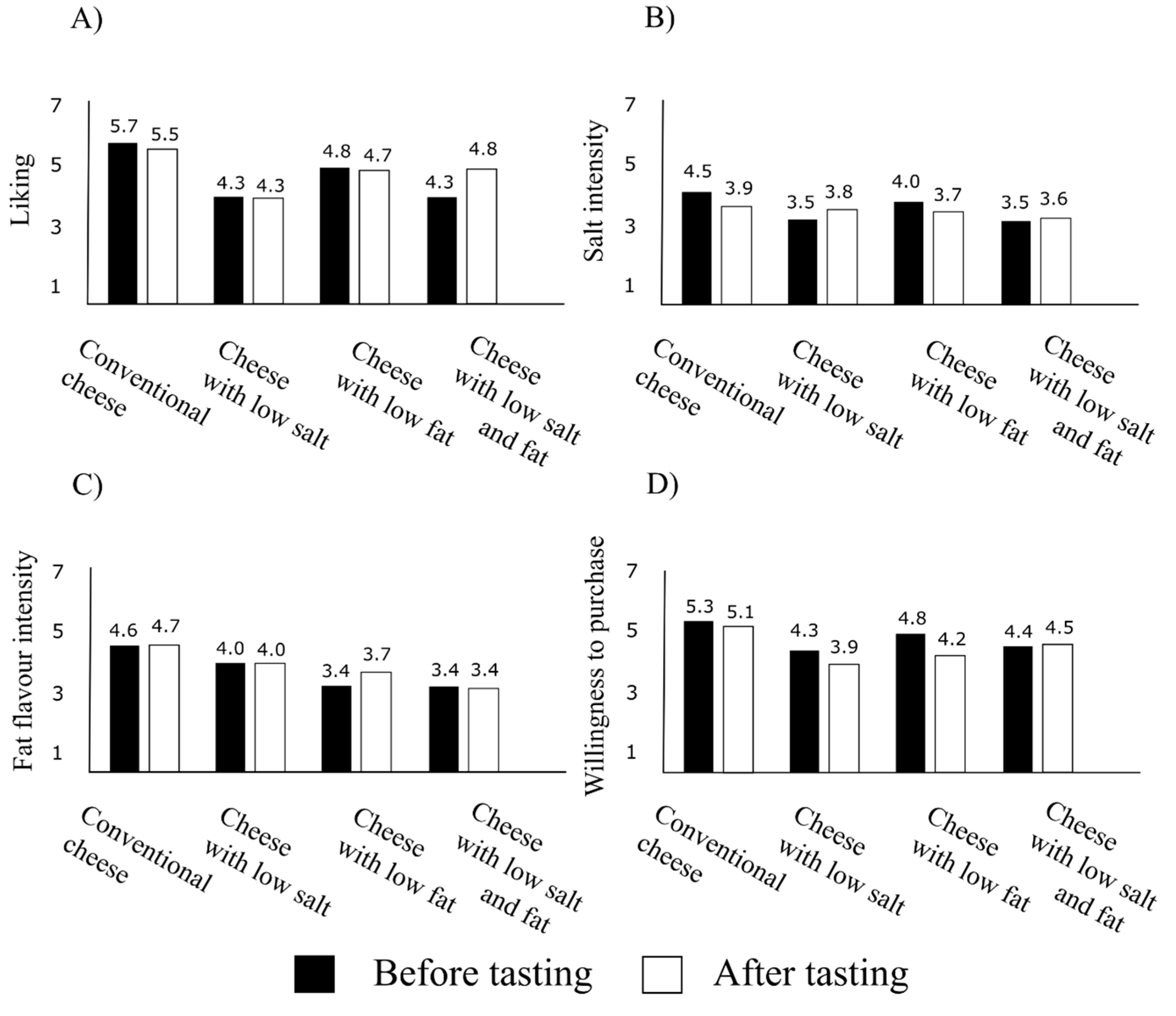
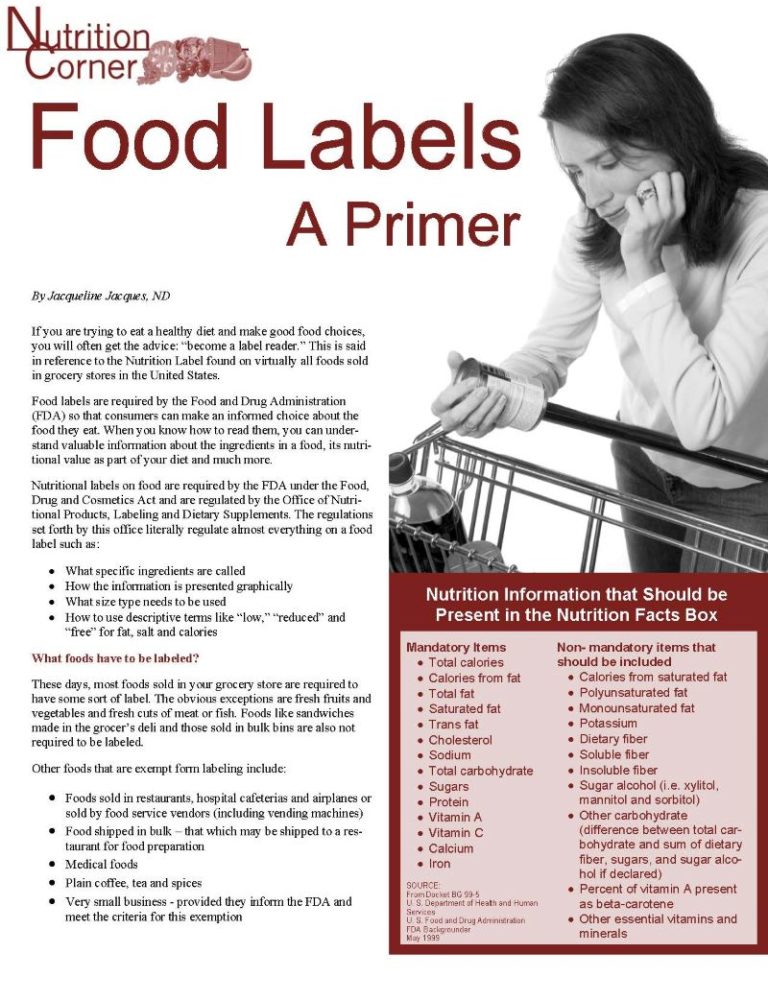


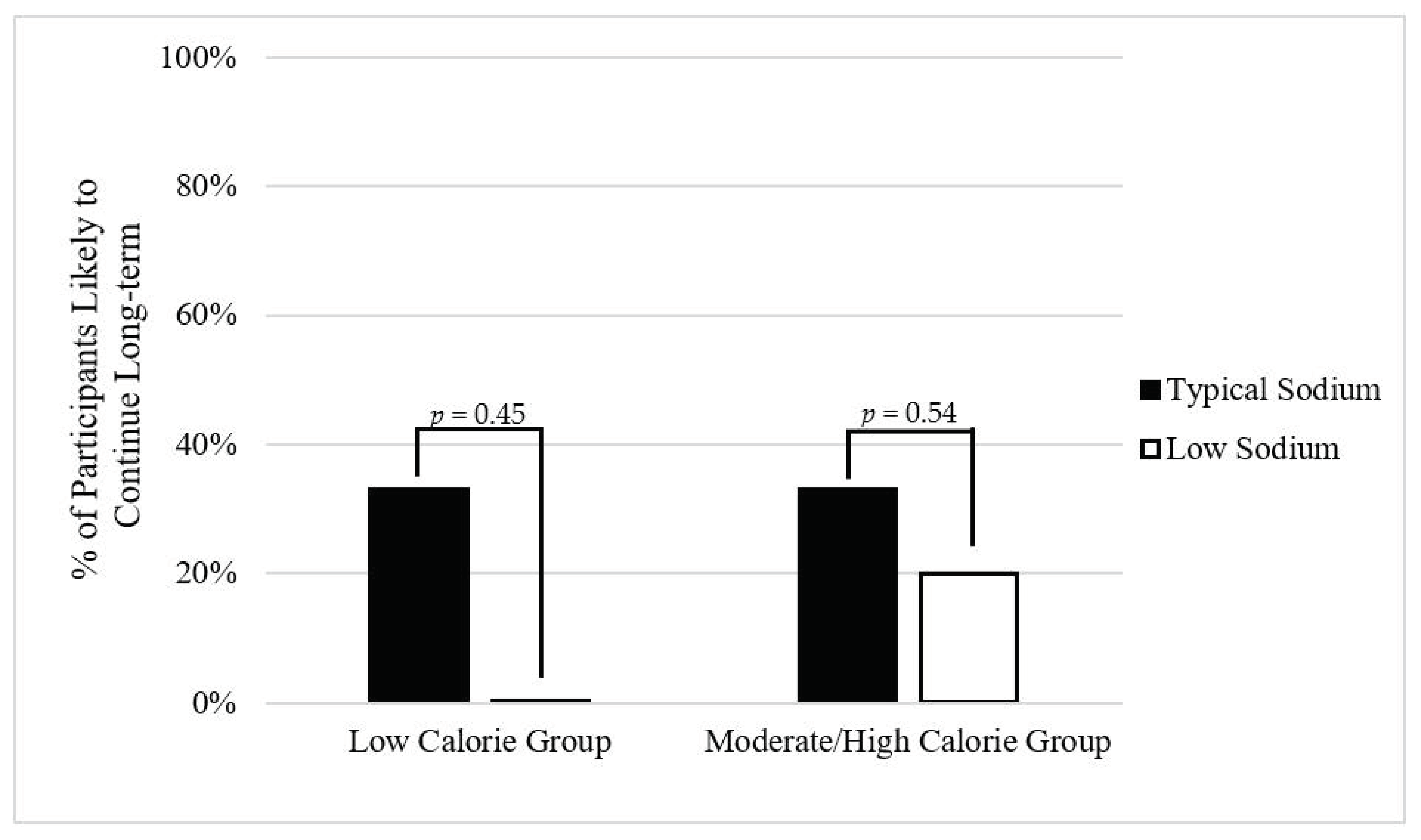

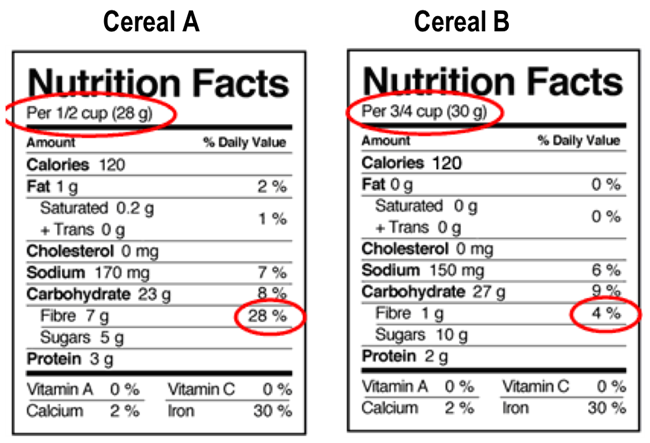


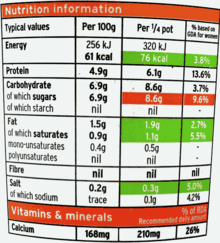


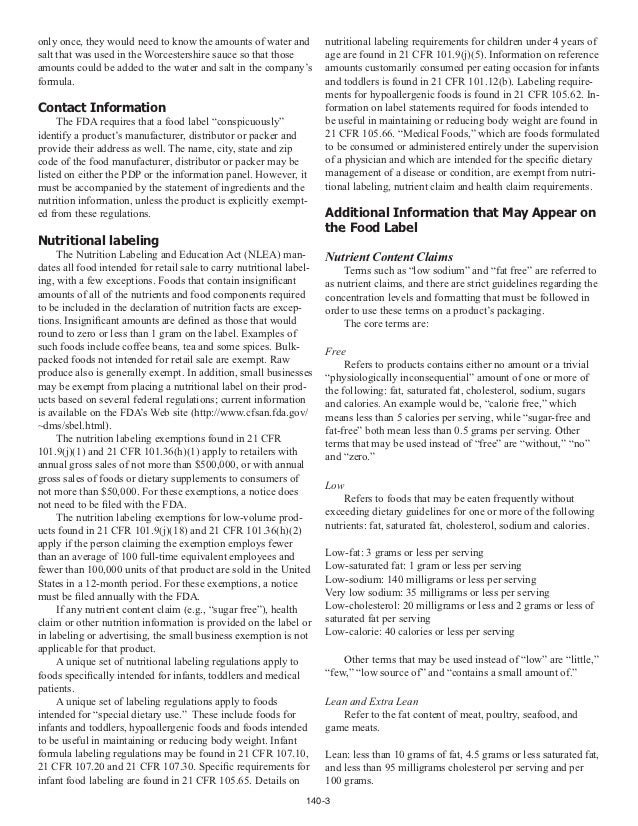
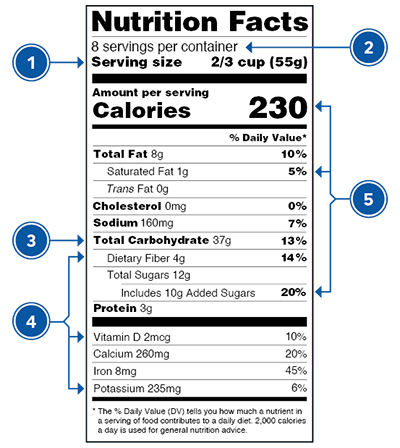
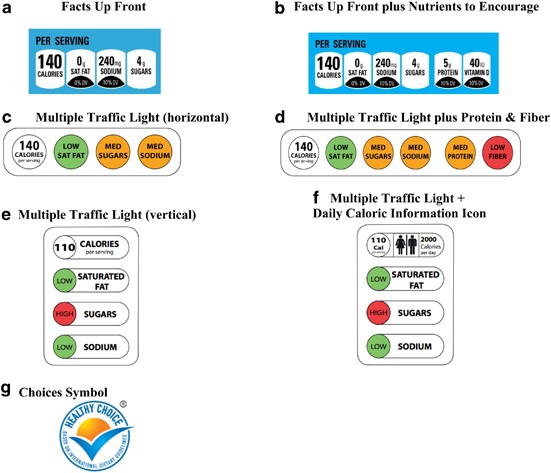
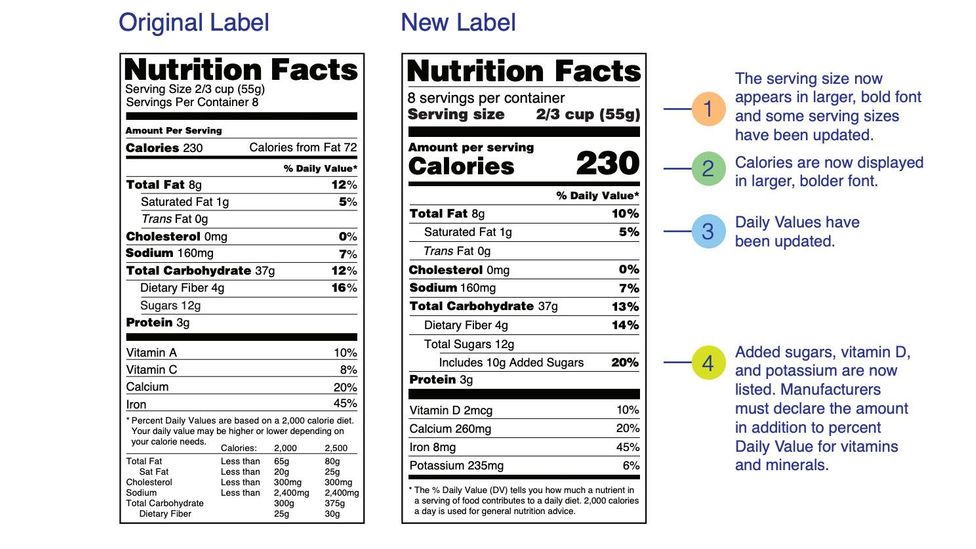

Post a Comment for "40 descriptive terms such as low sodium or low fat on food labels are defined by"